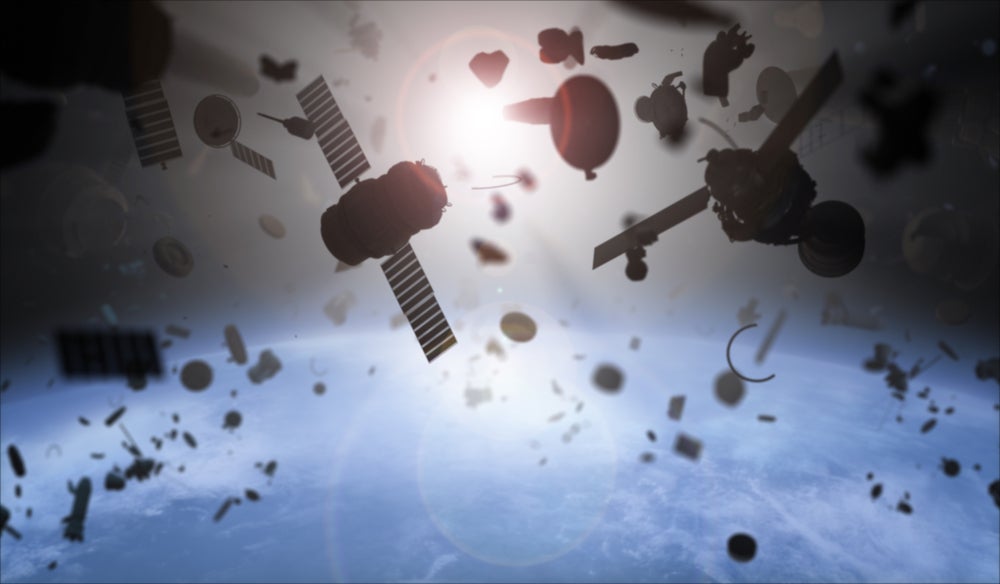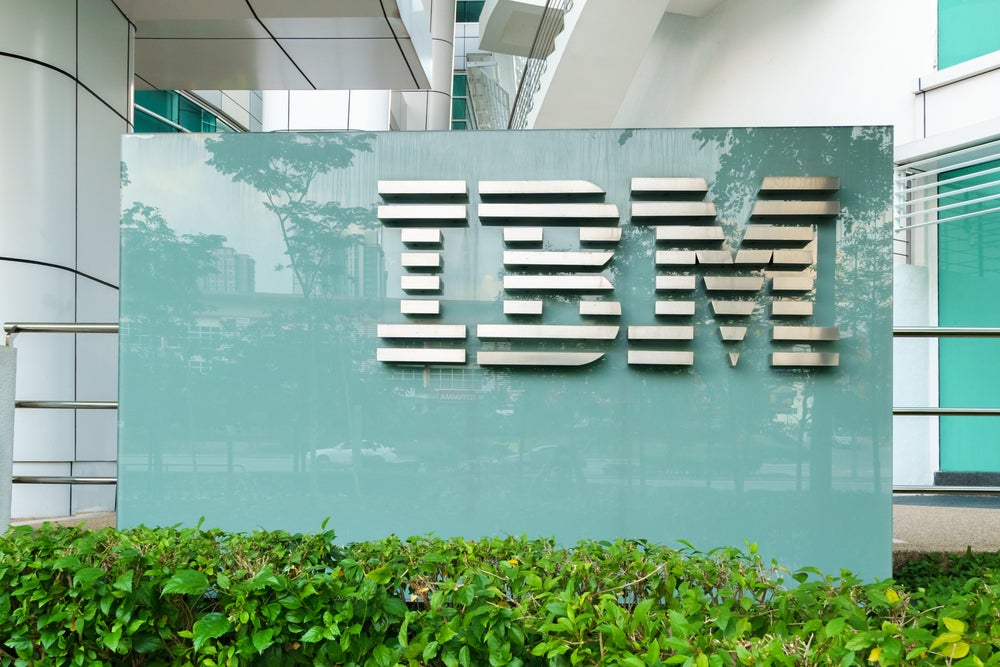
The volume of space debris orbiting the Earth is “growing steadily” and could pose a risk to satellites.
This is according to the European Space Agency’s Space Debris Office, which monitors space debris. The office recently published its yearly report on the current state of the issue.
Space debris, sometimes called space junk, refers to man-made objects with no useful function that orbit the Earth. This can include shards of junk from space missions, and abandoned space vehicles. Currently there are an estimated 160 million objects in orbit, ranging from those smaller than a centimetre to larger pieces of debris.
They pose a risk to spacecraft as even a small object can cause damage in the event of a collision.
Since the beginning of the space age, the era since the start of space exploration, the volume of space junk orbiting the earth has steadily increased. This has been exacerbated by a high number of in-orbit break-ups of spacecraft and rocket stages.
This rise in the volume of debris could create problems for the future. The ESA predicts that collisions between debris and working satellites could overtake explosions as the main source of space debris.
It has been theorised that a rise in space debris could lead to something called Kessler syndrome, in which the density of objects in low Earth orbit is such that collisions create more space debris, thus making future collisions more likely and making it difficult to launch satellites.
Last month, the International Space Station had to perform an “avoidance manoeuvre” when a piece of debris travelling within several kilometres of it.
“The biggest contributor to the current space debris problem is explosions in orbit, caused by left-over energy – fuel and batteries – onboard spacecraft and rockets. Despite measures being in place for years to prevent this, we see no decline in the number of such events. Trends towards end-of-mission disposal are improving, but at a slow pace,” explains Holger Krag, head of the Space Safety Programme.
“In view of the constant increase in space-traffic, we need to develop and provide technologies to make debris prevention measures fail-safe, and ESA is doing just that through its Space Safety Programme. In parallel, regulators need to monitor the status of space systems as well as global adherence to debris mitigation under their jurisdiction more closely”.
In September, the UK Space Agency and Ministry of Defence signed an agreement to work together to tackle the issue, with the UK Space Agency announcing seven new projects to monitor hazardous objects.
Currently, guidelines exist designed to reduce the volume of space debris, such as designing spacecraft to minimise “shedding”, measures to prevent explosions and crashes, and moving defunct missions away from functional satellites.
The report noted that while many organisations are following these guidelines, not all satellites currently comply, with the ESA noting that progress in this area is “too slow”.
However, the report said that a growing number of rockets are now being safely disposed of after use, which is “very good news” as rockets are at a high risk of being involved in “catastrophic collisions”.
More satellites are also being put in low-altitude orbits to naturally burn up.
Looking to the future, the ESA said that there was reason to be “cautiously optimistic” when it comes to changes in behaviour and the adoption of debris mitigation measures.
Read more: Cyberattacks in space: McAfee warns of satellite security risks.







